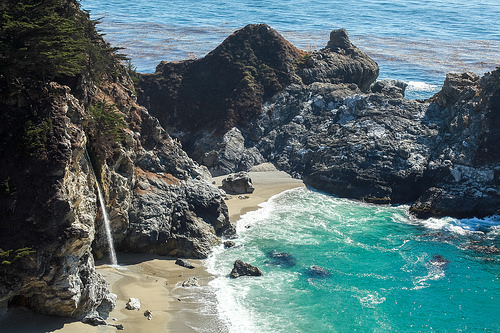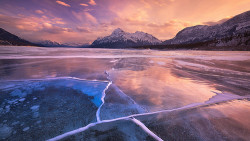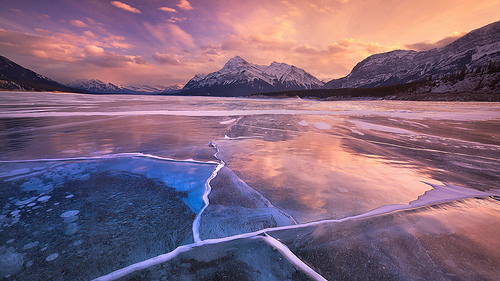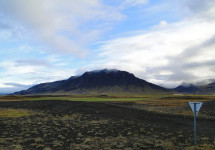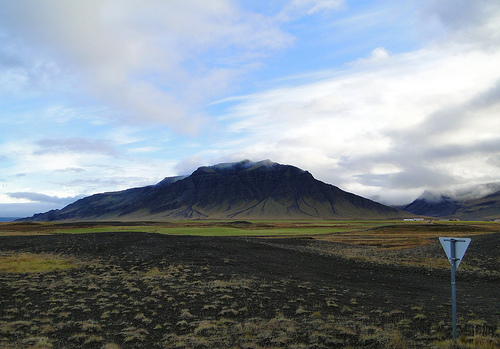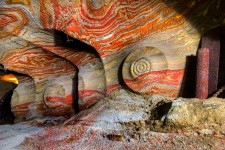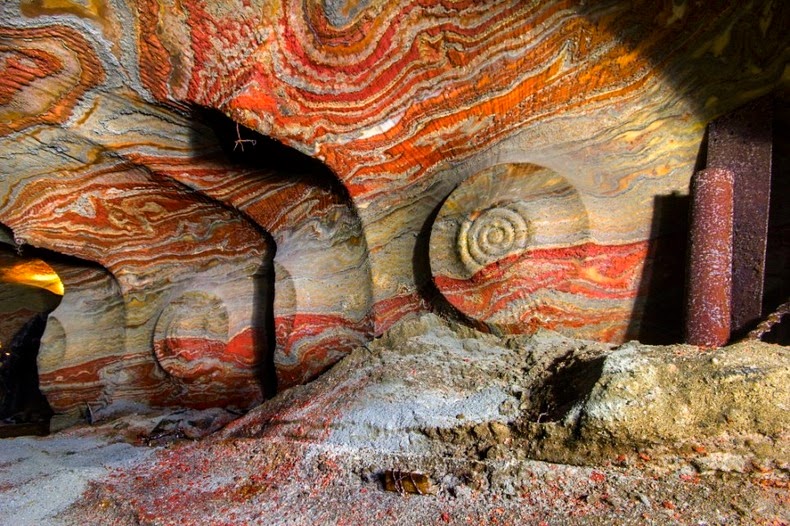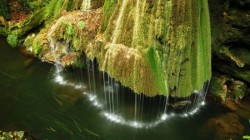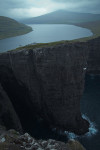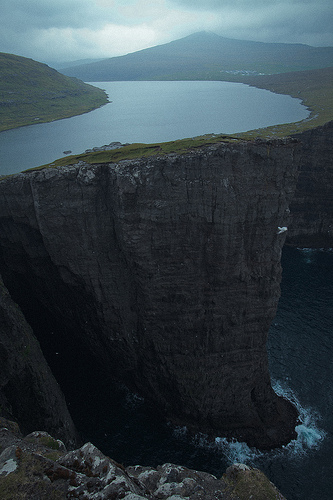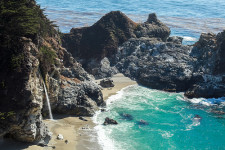
A simple snap will not capture the full beauty of McWay Falls.
- McWay Falls is a scenic waterfall located in the Julia Pfeiffer Burns State Park, in the state of California’s Big Sur coastal region, in the United States.
- Unless the tide is in, the water of McWay Falls drops directly onto a beach cove, that sits at the edge of the North Pacific Ocean.
- The height of McWay Falls reaches 24.4 metres (80 feet), while a 1 kilometre (o.6 mile) long walking track enables visitors to reach the top of the falls.
- Near McWay Falls are the ruins of a cottage built by Lathrop Brown and his wife around the 1920s, then owners of the land, and it was demolished in 1965.
- Fauna such as gulls and other birds populate the land around McWay Falls; while seals, sea lions, whales and sea otters are sometimes found in the surrounding ocean.
McWay Falls and the Surrounding Cove
Image courtesy of April/Flickr
- The McWay Falls site was first officially owned by Christopher McWay in the 1870s, whom the falls are named after, and the land was originally used as a ranch.
- The cove that McWay Falls drops into is relatively inaccessible on foot, due to the hazardous steep rock descent that would be required, and access down the cliff is prohibited.
- In 1983, a large landslide slid into the ocean below McWay Falls to form a beach, and consequently it caused the waterfall to no longer fall directly into the ocean.
- The land of McWay Falls was donated to the government in 1961 by the Brown family, and the site was designated a park reserve.
- McWay Falls is active through all seasons and is a popular site for photographers, particularly due to its picturesque sunset.
Bibliography:
Hester J, Hiking to McWay Falls in Big Sur, 2015, SoCalHiker, https://socalhiker.net/hiking-to-mcway-falls-in-big-sur/
Julia Pfeiffer Burns State Park, 2016, California State Parks, http://www.parks.ca.gov/?page_id=578
McWay Falls, 2016, Wikipedia, https://en.wikipedia.org/wiki/McWay_Falls
McWay Falls, n.d, World of Waterfalls, http://www.world-of-waterfalls.com/california-mcway-falls.html
McWay Waterfall Trail, n.d, Hiking in Big Sur, http://www.hikinginbigsur.com/hikes_mcwayfalls.html
Turnball L, McWay Waterfall, 2016, Waterfalls West, http://www.waterfallswest.com/waterfall.php?id=mcway-falls-big-sur-286




